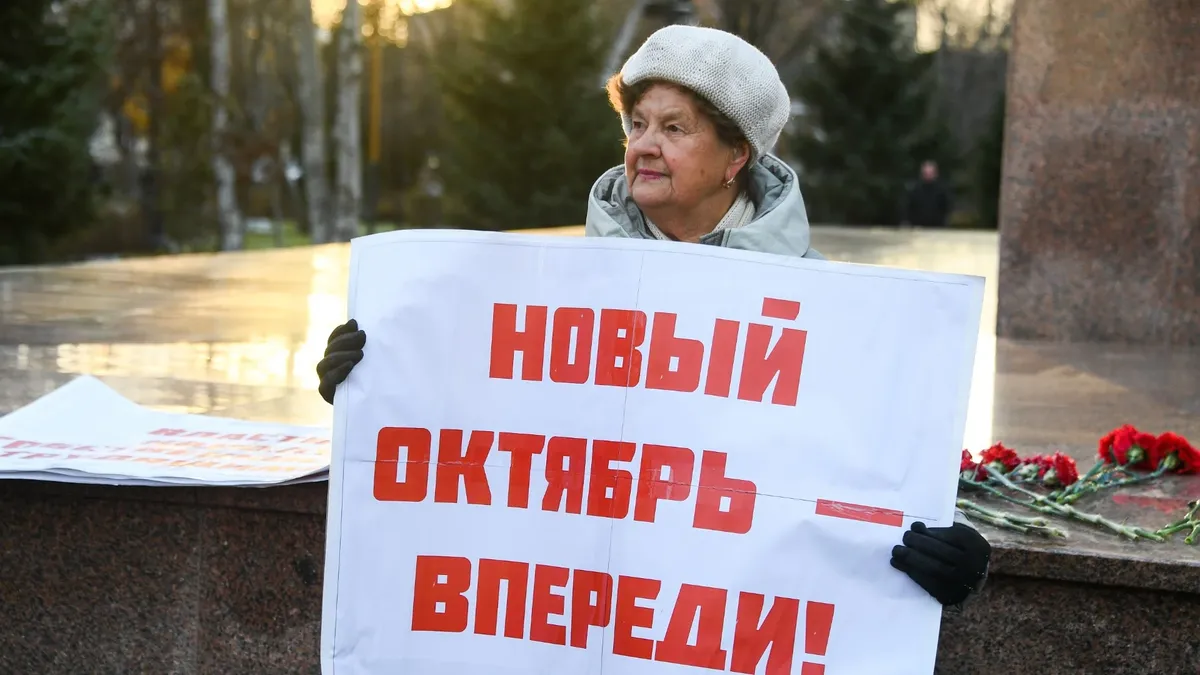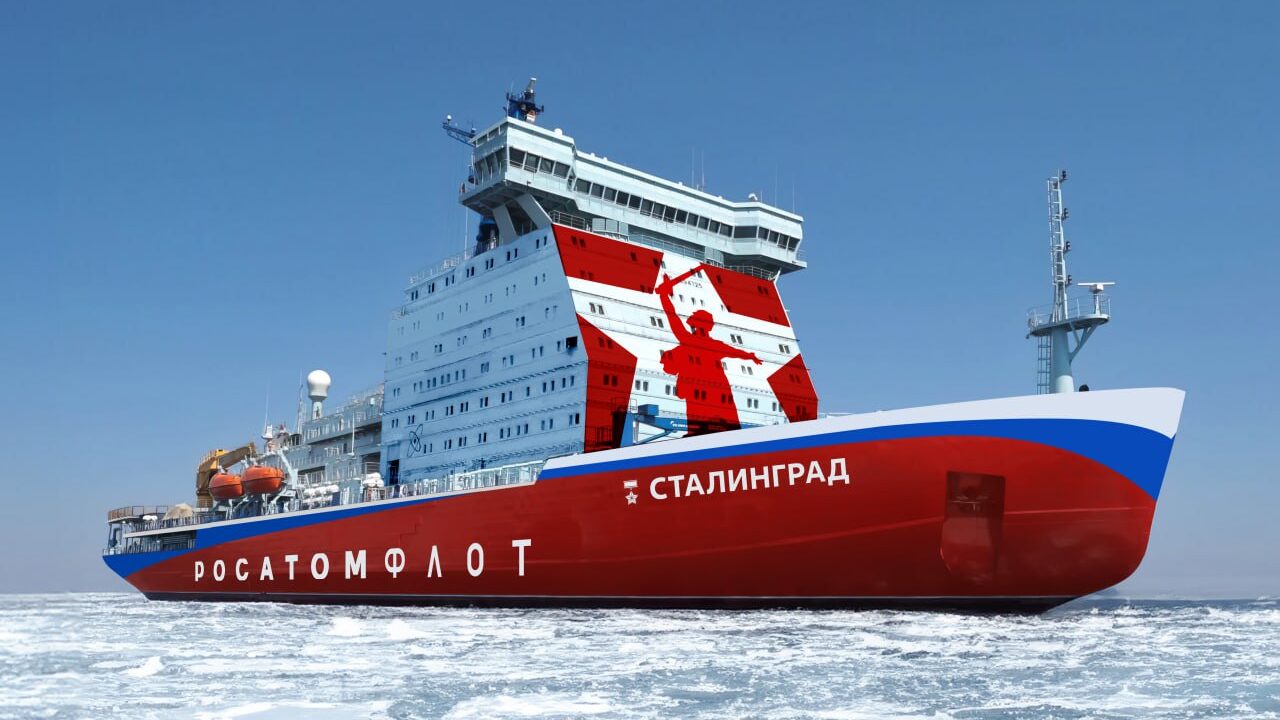IRAN TAKES DELIVERY OF RUSSIAN TOR-M1 MISSILES
IRAN TAKES DELIVERY OF RUSSIAN TOR-M1 MISSILES
Yesterday, January 16, Russian Defense Minister Sergei Ivanov announced that Russia had completed the delivery of modern Tor-M1 anti-aircraft missiles to Iran. Ivanov insisted that the missiles were “100% defensive weapons” and that Russia did not violate any international agreements by dispatching the Tor-M1s. He added, “If Iran needs other defensive armaments, we are ready to cooperate” (Itar-Tass, January 16).
The contract to supply the Tor-M1 missiles was signed in November 2005 and officially reported by Ivanov the following month. The Iranians have received 29 Tor-M1 missile launchers; each carries two modern radars and eight guided missiles, has a crew of four, and is based on a main battle tank platform. The exact sum the Iranians paid has never been officially disclosed, but sources in Moscow believe it is between $1 billion and $1.4 billion (see EDM, September 20, 2006; Itar-Tass, November 24, 2006).
The Tor-M1 is one of the most modern Russian anti-aircraft missiles. Development of the system was completed in 1991, just as the Soviet Union collapsed and the Cold War ended. Because of this late completion date, mass production of Tor-M1s for the Russian military never happened. Instead, the Iranians got a sophisticated weapon that few Russian military units have. In the 1990s, Tor-M1s were also sold to China and Greece.
Last November Ivanov announced that Russia had begun to deliver Tor-M1s to Iran (Itar-Tass, November 24, 2006). Given Russia’s tangled and corrupt bureaucratic system, delivery of the missiles was extremely speedy. In just over a year the weapon systems were assembled and shipped to their destination, and Iranian military personnel were trained to operate the radars and launchers. The Tor-M1s are ready for battle. It is possible the Iranians wanted the new weapons quickly to fend off possible U.S. or Israeli air attacks, or perhaps the Russian arms traders and producers wanted to wrap up the deal ahead of any possible UN sanctions that could have disrupted the arrangement, or both.
The Almaz-Antei corporation is a state-owned monopoly in anti-aircraft missile production and makes the Tor-M1 in Izhevsk in the Urals region. Almaz-Antei was formed in 2002 on President Vladimir Putin’s order (ukaz) by consolidating previously independent producers. Putin’s close Kremlin aide and friend Viktor Ivanov, the KGB officer who recruited Putin into the agency in the 1970s when the future president was a university student in St. Petersburg (then Leningrad), is chairman of the board of directors of the company. Ivanov and other former KGB officers from St. Petersburg were put in charge of the Almaz-Antei monopoly to control the billions of dollars of proceeds generated by anti-aircraft missile exports. This made the Iranian Tor-M1 contract a very special deal for Kremlin insiders (Novaya gazeta, December 12, 2005).
It has been reported in the Russian press that the Iranians will use the Tor-M1 system to defend their nuclear facilities against possible U.S. air and missile attacks (see EDM, September 20, 2006). But the Tor-M1 can take on only relatively low-flying targets (up to six kilometers) at a relatively short range (up to 12 kilometers). The Tor-M1 is good against helicopters, incoming attack planes, and low-flying slow cruise missiles. But the Tor-M1 will be unable to engage U.S. bombers, especially stealth aircraft, flying over 10 kilometers high while they release a volley of GPS-guided bombs.
Iranian nuclear facilities, such as the one in Natanz, are hardened targets that a conventionally tipped cruise missile can only scratch. Blockbuster bombs that explode after penetrating a meter or more of reinforced concrete are needed to cause damage. The higher up the bomb is released, the greater its speed at impact and penetration capability. The Tor-M1 is not specifically designed to repel such sorties.
In Soviet times, the Tor-M1 was created to replace the older OSA system, to be an integral part of armored divisions, and to give them battlefield cover primarily in offensive operations in Europe in the face of NATO air supremacy. Defending Iranian nuclear facilities against air attacks requires another Almaz-Antei product: the S-300PMU1 strategic anti-aircraft missile system, which can take on targets up to 25 kilometers high at a 200-kilometer range. It has been previously reported that Moscow and Tehran are negotiating a possible S-300 sale. Sergei Ivanov’s announcement of Russia’s readiness to provide more “defensive weapons” may be an indication of a coming S-300 deal.
After 1991 Russia sold Iran up to 2,000 new T-72S tanks and some 2,000 BMP-2 armored battle vehicles, which now form the backbone of the Iranian army. Protected by mobile Tor-M1 anti-aircraft missile launchers, this armored armada could attempt to mimic a Cold War-designed Russian invasion of Western Europe through the Fulda Gap to “liberate” Shia inhabited Southern Iraq, if an armed U.S.-Iranian conflict erupts because of cross-border tensions or after attacks on nuclear facilities.
At least Tehran’s choice of weapons seems reasonable. Saddam Hussein’s forces in 1991 and in 2003 did not have effective anti-aircraft protection, could not maneuver, and were slaughtered from above. The Iraqis did not have a chance against modern weapons, while the Iranians now may have one. In any case, KGB-connected insiders are attaining vast sums of money, while at the same time weakening the hated Americans. The deal seems a double gain in the new East-West zero-sum game.


